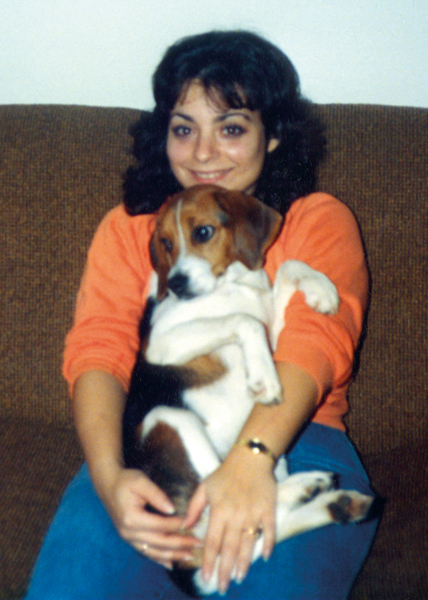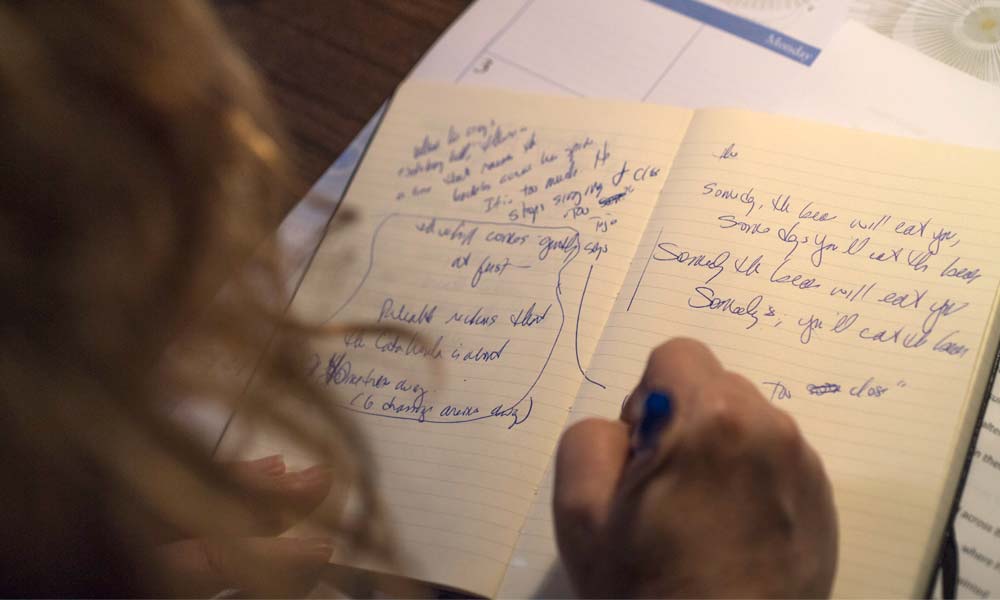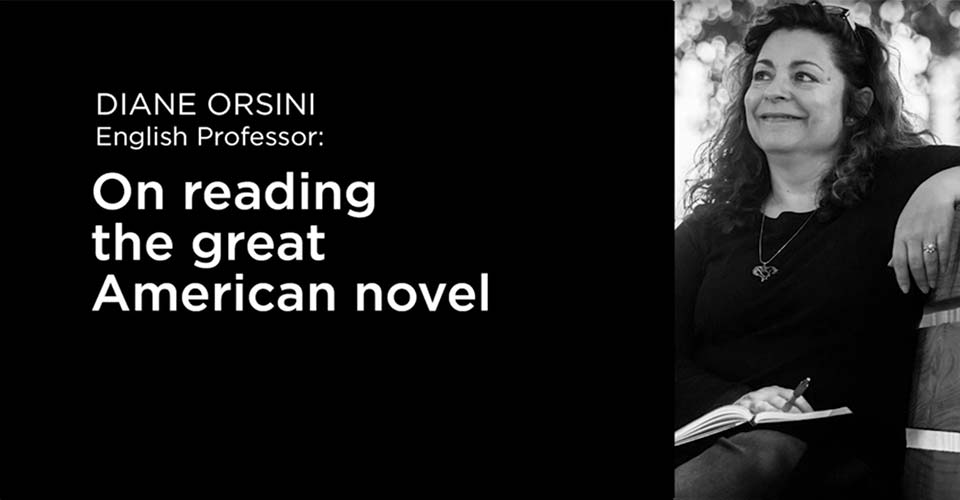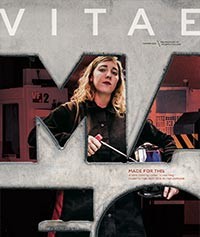Diane Orsini’s mother had an inkling that her daughter might grow up to be a writer when she spied 3-year-old Diane scrawling gibberish in a notebook. “What are you doing?” her mother asked. “I am writing a book,” replied the precocious toddler. Orsini’s mother laughed. “I think,” she said, “you need to learn to read first.” Now, more than 30 years later, the precocious professor is indeed writing a book. It was just a few decades in the making. For Orsini, who adores popular fiction, but dreads writing the type of serious prose that most academics lean toward, the road to becoming a novelist took a few twists. Originally from the Bronx, the Orsini family moved to St. Augustine when Diane was 13 years old, and promptly enrolled Diane in tiny St. Joseph Academy, a Catholic school once patronized by wealthy Cuban families who sent their daughters there for boarding school. By the time Diane Orsini was a student, the Cuban students were long gone. The teachers, however, were tough and terrific. Yet for a young teenager, moving from New York City to a bucolic little town in Florida was a confounding change. “It was a real clash of cultures; I had a foot in two worlds,” says Orsini. “But looking back, I think that was good for me. Art comes from discomfort, from being the outsider looking in.” She didn’t fit in right away. And no wonder. When she was in ninth grade, they ultimately decided to place her in a 12th-grade English class. In 10th, 11th and 12th grades, she continued to take senior English. The class, however, was never the same. “It was like Hogwarts’ Defense of the Dark Arts class,” says Orsini, a fan of the Harry Potter series. “Every year there was a different instructor.” Even then, Orsini knew she wanted to write—so she worked as a stringer for the local newspaper. At the University of Florida, Orsini began taking journalism classes. But journalism wasn’t a good fit. “I knew I was in trouble when I liked the photojournalism classes better. I liked being in the lab, processing film and creating something.” So she switched majors. Accepted into UF’s Creative Writing Program, she studied under the famously hard-drinking, tough-talking writer Harry Crews, whose critiques were so blistering that, of the 35 students enrolled in her first creative writing class, only five remained by the semester’s end. Orsini’s Italian heritage helped her survive—because family members were brutally honest. “If you’re sitting at the dinner table telling a story that isn’t interesting, they will talk right over you. In an Italian family, you have to learn how to tell a story.” After graduating from UF in three years, Orsini lived in France for a year (at her parents’ urging), then returned home to attend grad school at Stetson University and wait tables at an elegant French restaurant in St. Augustine—a job that paid for grad school, along with veterinary care and feed for her horses. Orsini began teaching creative writing on Valencia’s West Campus in 1993, under the tutelage of the late Don Tighe, the former communications dean. Before long, he decided to send her to Bread Loaf, the legendary writers workshop held each summer at Middlebury College in Connecticut. “It was formative—it changed the way I taught creative writing,” says Orsini. And though her UF professors believed that writers were born, not taught, Orsini disagreed—and brought the Bread Loaf style to her classroom. It’s a method “My class is the opposite of everything I learned at UF,” she says. “If a kid comes to you and says, ‘I want to be a painter,’ nobody says you are or you aren’t. They put a brush in your hand and you start small. So why don’t we do that with writing?” Diane Orsini feels no pressure to write the great American novel—even if she is a creative writing professor. After all, “Moby Dick”—the greatest American novel, according to Orsini—has already been written. With the pressure off, Orsini has turned her attention to a novel more to her liking—“The Journey of a Beagle,” the heroic tale of a beagle who runs away on Christmas Eve and embarks on a hero’s quest. Modeled after her own beagle, Reliable, who died in 1999, the book’s central character lives on a farm, much like the 300-acre farm that Orsini lived on at the headwaters of the St. John’s River. Today, she and a handful of other West Campus faculty members meet every week for their version of “Fight Club,” a no-holds-barred session where they critique each other’s work—and push each other to be better writers. “The purpose,” she says “is to keep us accountable.” And it has worked. Today, she’s on Chapter 12 and estimates she’ll finish the first half of the book by summer’s end. Now, as she focuses on completing the book in the next 18 months, Orsini finds herself writing compulsively—stopping in the grocery produce aisle when a great line of dialogue comes to her, stopping amid the cucumbers and carrots to text the line to herself. Or sitting down to watch her favorite TV show, when inspiration strikes and she must race to her computer to dash out a scene—before it escapes her brain. And she is, all these years later, the writer she promised her mother she’d be.
Diane Orsini’s pet beagle, Reliable, ran away one Christmas and set the scene for her upcoming novel.
If a kid comes to you and says, ‘I want to be a painter,’ nobody says you are or you aren’t. They put a brush in your hand and you start small. So why don’t we do that with writing?”
she continues to use today.Follow That Tale
Bad to the Bone:
How a runaway beagle
inspired a writer’s first novel
How a runaway beagle
inspired a writer’s first novel




